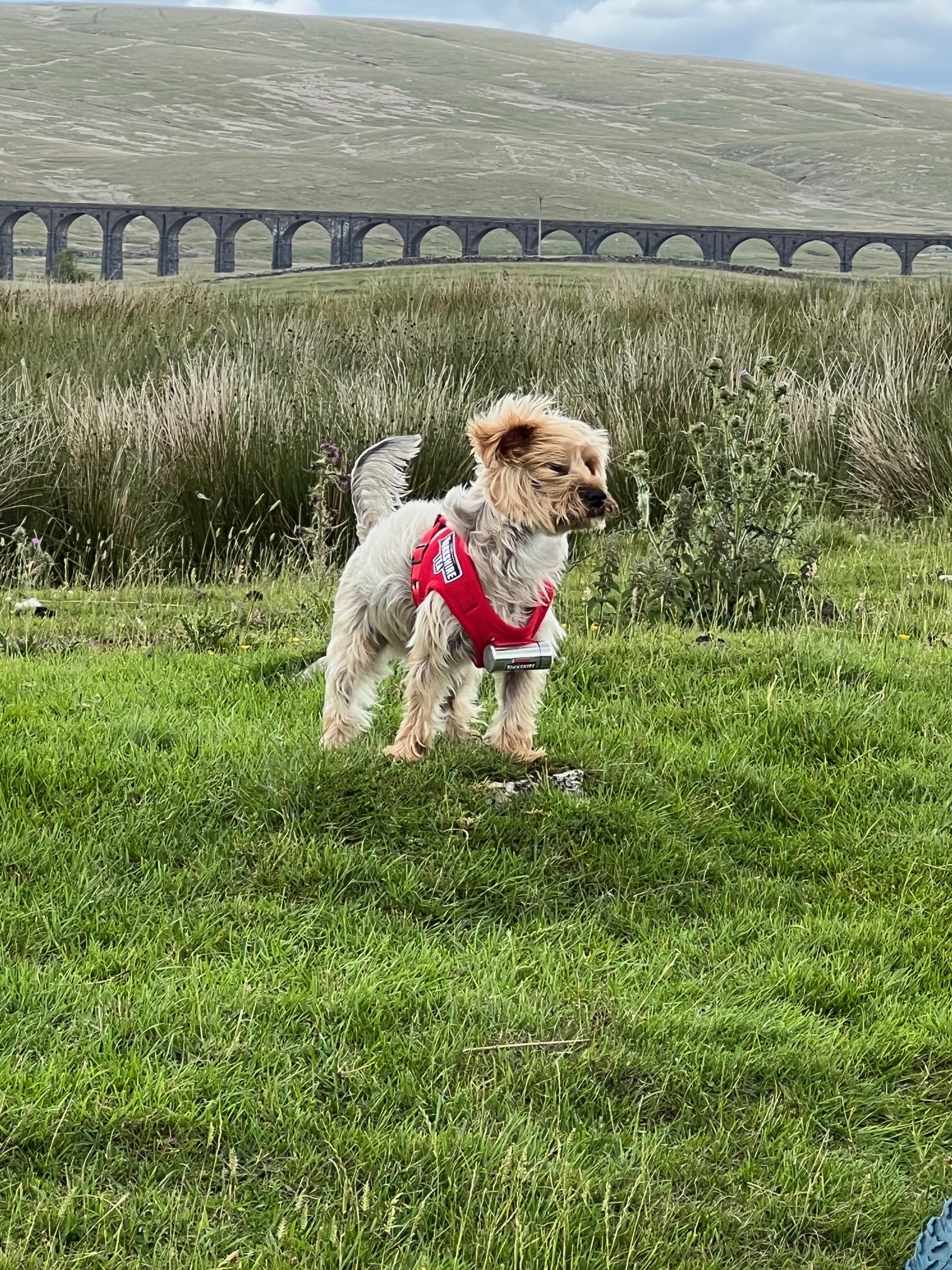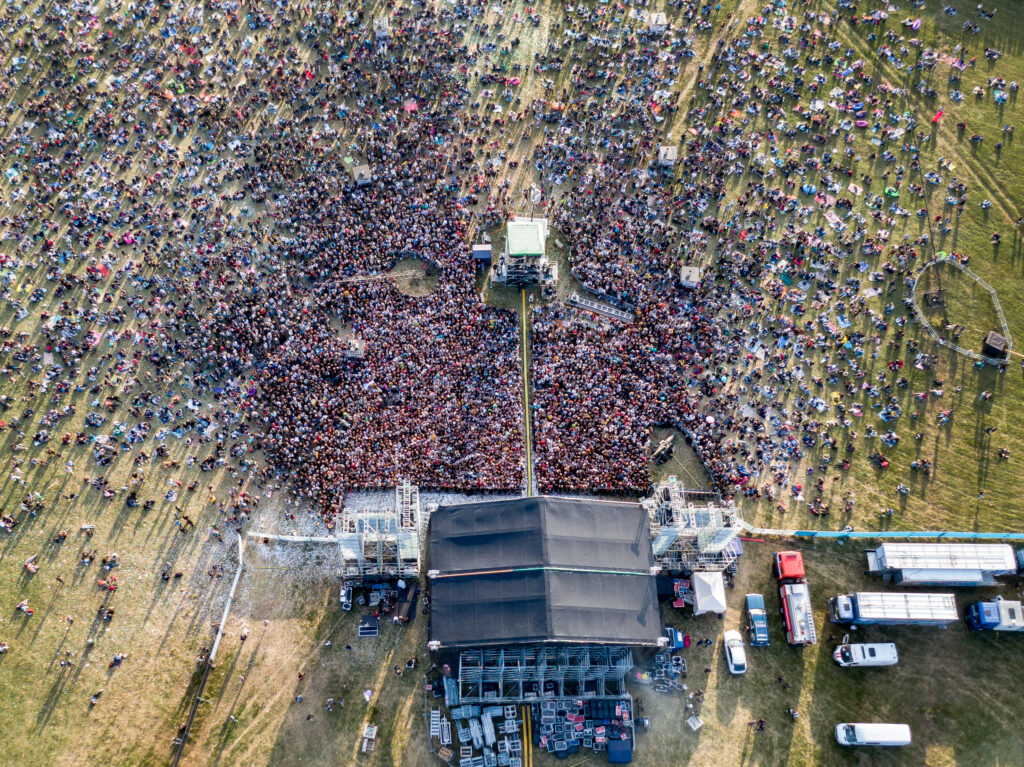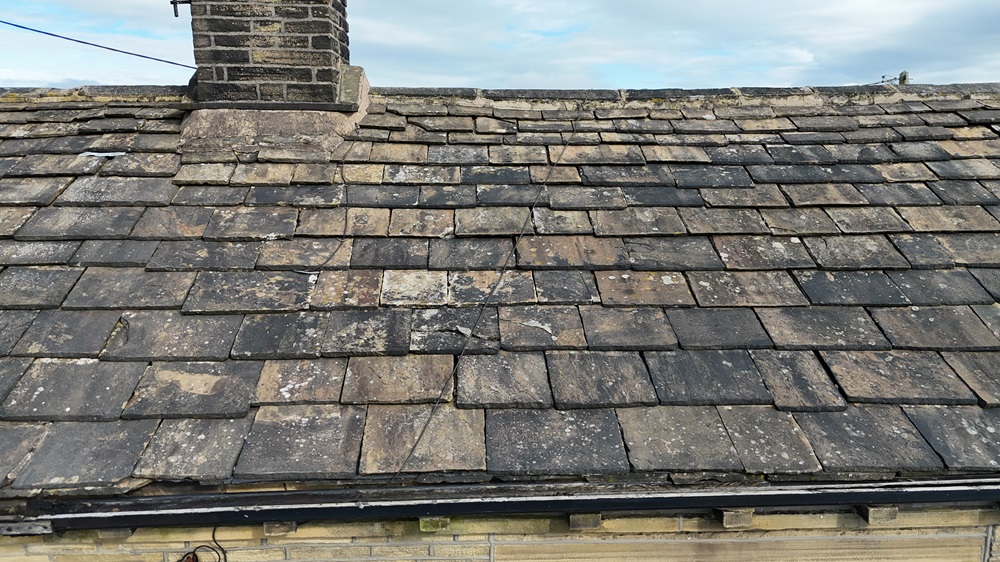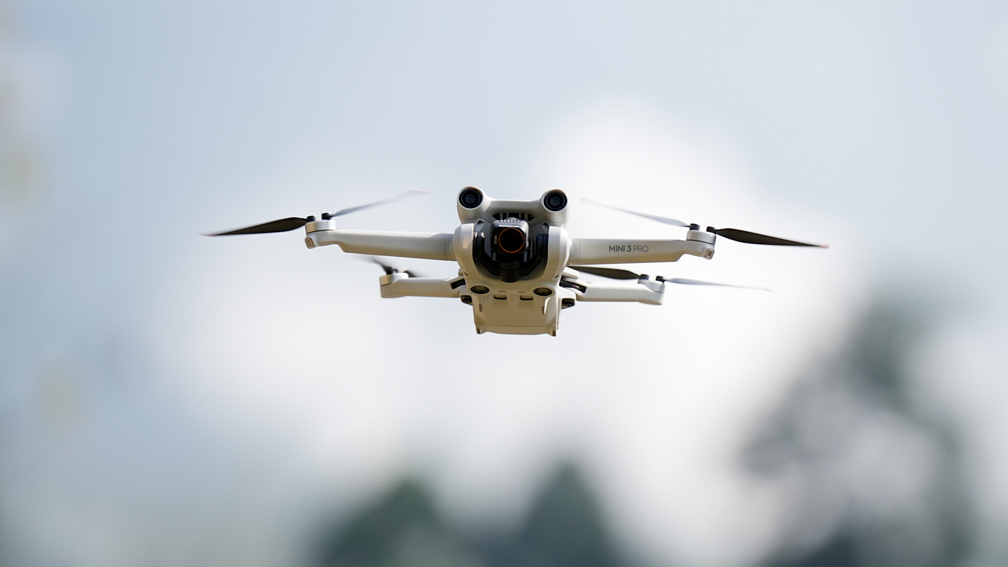Introduction
In recent years, drones have become a staple in the toolkit of filmmakers and TV producers, offering an unprecedented perspective that has transformed visual storytelling. In the UK, this technology has been embraced with enthusiasm, enabling directors to capture stunning aerial shots that were once the exclusive domain of expensive helicopter rigs. This blog explores the impact of drone shots on UK television and film, highlighting how these flying cameras are changing the landscape of visual media.
A New Perspective on Storytelling
Drones provide a unique vantage point that can enhance narrative depth and visual appeal. They allow for sweeping aerial shots that can establish a setting, convey scale, and offer dynamic movement. For instance, in TV dramas like “Broadchurch,” drone shots of the Dorset coastline not only set the scene but also evoke the isolation and expanse of the environment, contributing to the show’s atmospheric tension.
Enhancing Production Value
One of the most significant advantages of drone technology is its ability to boost production value without inflating budgets. High-quality drones are relatively affordable compared to traditional aerial filming methods. This democratization of aerial cinematography means that even independent filmmakers and smaller TV productions can incorporate breathtaking aerial footage, leveling the playing field and raising the overall standard of visual content.
Iconic Use Cases in UK Media
- “The Crown”: This critically acclaimed series about the British monarchy has utilized drone shots to capture the grandeur of royal estates and the sprawling landscapes of the UK. These aerial views provide context and grandeur, fitting for a show of such historical and cultural significance.
- “Top Gear”: The long-running motoring show has long relied on high-octane visuals. Drone shots offer dynamic tracking of vehicles from above, capturing the speed and maneuverability of cars in a way that ground-based cameras simply cannot match.
- “Skyfall”: In the James Bond film “Skyfall,” drone shots were used to stunning effect in the Scottish Highlands. The aerial perspectives showcased the rugged beauty of the landscape, adding a dramatic backdrop to Bond’s narrative.
Overcoming Challenges
While drones offer many advantages, their use in film and TV production comes with challenges. Weather conditions in the UK can be unpredictable, affecting flight stability and safety. Additionally, regulatory restrictions must be navigated, particularly in urban areas and near sensitive locations like airports. Filmmakers must work closely with experienced drone operators who understand these constraints and can plan accordingly.
The Future of Drone Cinematography
As drone technology continues to evolve, so too will its applications in UK film and television. Advances in AI and autonomous flight capabilities are set to make drones even more versatile and easier to use. Innovations such as 360-degree cameras and VR integration could further transform how stories are told, providing viewers with immersive experiences that blur the lines between the screen and reality.
Conclusion
Drone shots have already made a significant impact on UK TV and film, providing fresh perspectives and enhancing visual storytelling. As technology advances and filmmakers continue to experiment with new techniques, the sky is truly the limit for what can be achieved with these flying cameras. Whether capturing the majesty of a historical drama or the thrill of an action sequence, drones are helping to push the boundaries of cinematic and televisual creativity.






